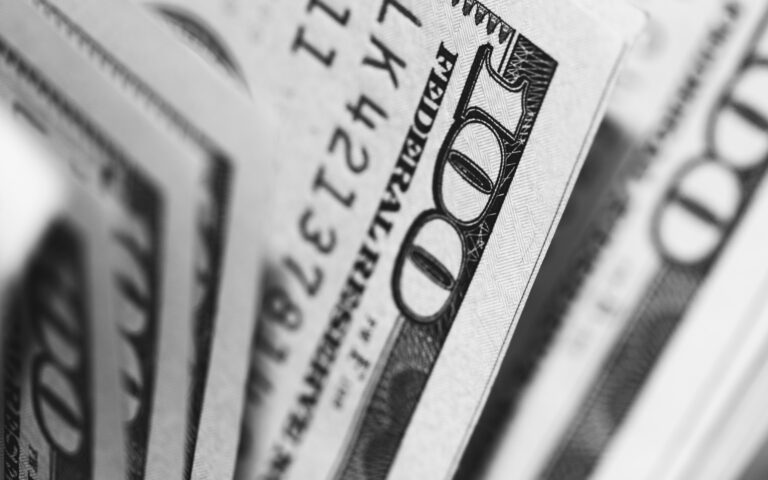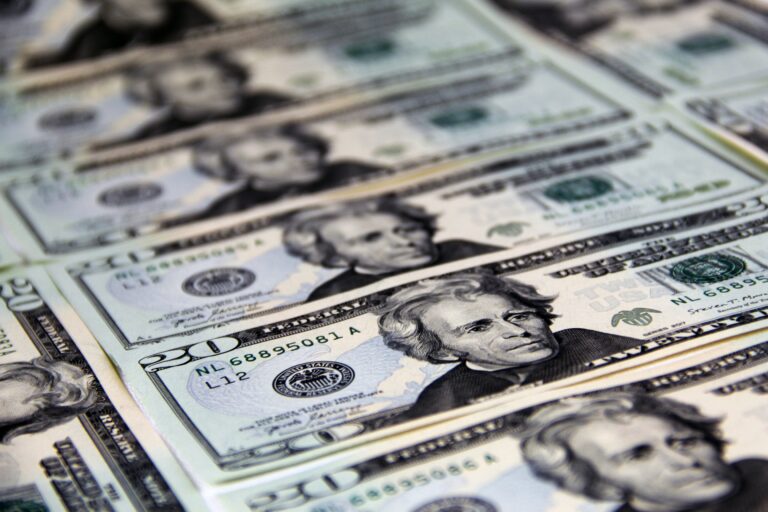
Morning Brief – Crude Responses: Oil and Brexit
Crude Responses: Oil and Brexit
The attacks over the weekend on Saudi Aramco’s eastern facilities have moved foreign exchange markets. Unlike a lot of financial headlines at the moment, this serious threat to the provision of global energy looks as though it could have an enduring impact upon global FX. Throughout yesterday’s European trading session, a demand for security led to a defensive bid for the US Dollar. For decades, the relationship between the value of the US Dollar and the price of oil has been inverted: the higher the cost of energy (usually denominated in USD for additional statistical complication) the weaker the US Dollar would likely be.
Given that Brent Crude (BRN), for example, could be written as an exchange rate between the commodity and the US Dollar in the form of a currency pair, BRNUSD, comparison is challenging. A move in the price of a Dollar de facto changes the analysis of the relative value of a barrel of oil versus a unit of currency and vice versa. However, take my word for it, the relationship is one of the tried and tested gospels of the foreign exchange market.
In recent years it has become widely recognised that the United States is largely energy sufficient and within certain studies is even proven to be a net exporter of oil. West Texas Intermediate, a widely adopted bench mark, represents oil largely which consists of that extracted from the Permian Basin in North America. Having been explored for around a century now, this oil field was unable to provide for the vast oil and energy demands of the world’s most significant developed economy. However, the invention and liberalisation of alternative energies exploration including fracking and shale production have changed the scene. The strong-oil-weak-dollar relationship is almost as significant in some market veterans’ eyes as the law of gravity and a challenge to it has the potential to upset many traditional flows.
Yesterday, as stated above, the Dollar appreciated by around one quarter of one percent (25 basis points) across the board. If the 5.7 million barrels per day of crude oil that have been withdrawn from daily production as a result of the attacks on the Saudi Arabian plant take several weeks to be restored, $100pbl is seriously possible. Given the United States’ relative insulation from this energy crisis and slight positioning towards energy exportation, we could rationally expect the Dollar to continue its advance.
On the other side of the energy crisis, those economies highly dependent upon oil and energy importation have had their currencies severely weakened by the forces within the global foreign exchange market. Turkey and India are particularly vulnerable to energy prices with almost total exposure to foreign energy resources. With worryingly high structural current account deficits, the worsening terms of trade (the relative cost of economic activity and production at home versus abroad), both currencies suffered yesterday.
At market open on Saturday evening, the price of Gold in Dollar terms gapped up and opened above $1500 per ounce, to record an immediate change in price of 1.5%. The Indian Rupee opened 1% down on its price versus its Friday close against the US Dollar and the Turkish Lira traded down by 1% against the Dollar before the European session began.
The other crude response came in the form of Brexit. The Pound threatened to continue its surge at lunchtime yesterday when optimistic reports regarding the lunch time meeting between UK PM Boris Johnson and EU Commission President Jean-Claude Junker surfaced. However, when the request to move a press conference between Johnson and the Luxembourg Prime Minister inside was rejected, Boris’ refusal to take the stand left Pound traders concerned. The value of the Pound fell once again to close 0.5% down against an appreciating US Dollar and 20 basis points down on a trade weighted basis. A lack of progress and workable solutions to the Irish backstop continue to hamper the Pound. Despite the short squeeze that led to last week’s rapid appreciation of the Pound Sterling, short positions as recorded by CFTC data showed the volume bets that would profit from GBP heading downward reach a two year high. This positioning leaves the door open for a sharp correction to the undervaluation of the Pound but is also a perfect indicator for the uncertainty and fragility within the UK economy.
Discussion and Analysis by Charles Porter

Click Here to Subscribe to the SGM-FX Newsletter
Related Insights

Daily Brief – Weren’t Tariffs USD Negative?
Weren’t Tariffs USD Negative? The Dollar proved sensitive to headlines regarding trade during the US overnight session. However, contrary to what many commentaries would have you believe, as the risk of tariffs escalated the Dollar rose. The 90-day pause following Trump’s April ‘liberation day’ tariffs had been set to expire this coming Wednesday. To the […]

Daily Brief – Dollar Reserves
Dollar Reserves With the passing of Trump’s original deadline for the reimposition of liberation day tariffs yesterday, markets have breathed a sigh of relief. July VIX futures continued to slide lower. Moreover, what may surprise anyone who had been expecting the issue of tariffs to resurface following the passing of Trump’s new deadline, so too […]

Daily Brief – Big Girls Don’t Cry
Big Girls Don’t Cry A bond market tantrum and one of the sharpest one day sell offs in Sterling for several years appear to have been catalysed by the Chancellor’s appearance in PMQs yesterday. First: the back story. This Labour government has faced some embarrassment in recent weeks trying to get its welfare bill through […]



 Charles Porter
Charles Porter